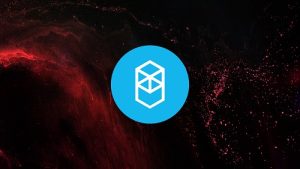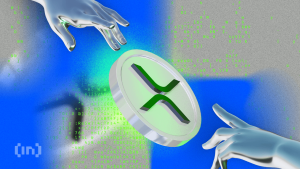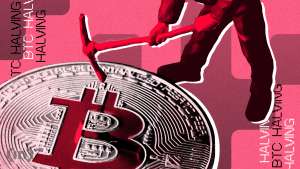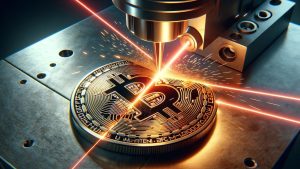Binance Commingled Customer Funds With Reserve Assets

[ad_1]

Binance admitted that it keeps collateral for its BNB Smart Chain and BNB Beacon Chain versions of 94 crypto assets in the same wallet as customer funds amid uncertainty around its recent audit.
According to a recent website listing, the asset balance in Binance’s “Binance 8” wallet exceeds the number of digital assets it has issued on BNB Smart Chain and BNB Beacon Chain, meaning that part of the asset balance likely belongs to customers.
Binance Mixes $1.3 Billion of Customer Assets With B-Tokens
Binance mints B-Tokens of multiple crypto assets like Bitcoin, Ether, USDC, and Tether, for their use on other blockchains. According to Bloomberg, the exchange must keep reserves of the original tokens represented by their B-Token equivalents in distinct customer wallets.
The exchange acknowledged the commingling of funds and said it will move the B-Tokens to a collateral asset wallet. The Binance 8 wallet has about $1.3 billion in customer assets. Until the funds are separated, customers cannot be sure that Binance will honor redemption requests 1:1.
The exchange’s reputation has been under scrutiny after reports surfaced that Binance moved almost $350 million for Russian exchange Bitzlato. This latest association with money laundering has fueled speculation that Binance’s measures to combat it have been exaggerated.
Crypto Industry Learns Importance of Accountability the Hard Way
The discovery of Binance’s error highlights the importance of customer due diligence when choosing a centralized exchange.
FTX’s former CEO Sam Bankman-Fried faces charges of commingling FTX customer funds with Alameda Research to boost the hedge fund’s solvency. FTX customers deposited funds onto FTX through Alameda’s account with Silvergate. The Silvergate Exchange Network links the bank accounts of crypto investors with exchanges.
Binance recently released a Merkle Proof-of-Reserves report to attest to its collateral holdings of Bitcoin needed to honor customer withdrawals. It had unsuccessfully tried to enlist one of the big four accounting firms, Deloitte, EY, PricewaterhouseCoopers(PwC), or KPMG for its audit.
Crypto and accounting professionals, including former Kraken CEO Jesse Powell, criticized the report, eventually released by non-big-four accounting firm Mazars. Proof-of-Reserves without insight to the exchange’s liabilities and internal financial controls means little, experts say.
Shortly after Binance’s “independent audit,” Mazars shuttered its proof-of-reserves operations, leaving more questions around customer assurance.
Proof-of-Reserves Limitations Are Painfully Obvious, PwC Report Says
PwC recently evaluated whether Proof-of-Reserves reports contribute anything meaningful to customer confidence.
It concluded that since PoR reports reflect the exchange’s assets at a specific time, they provide no insight into the firm’s internal processes and controls and its history of handling customer assets. These insights are only available through SOC 1 or ISAE 3402 Type 2 reports from reputable auditors.
SOC 1 reports invite accounting firms to attest to assertions by a company’s management that the firm has certain internal controls in place. On the other hand, ISAE 3402 Type 2 reports show how internal controls have been managed over time.
The report emphasizes that only audited financial statements can allay fears of imminent bankruptcy. It also highlights the need for industry-wide professional accounting standards for customers to know what they are getting into. Standards also ensure that reports from different exchanges are comparable.
For Be[In]Crypto’s latest Bitcoin (BTC) analysis, click here.
Disclaimer
BeInCrypto has reached out to company or individual involved in the story to get an official statement about the recent developments, but it has yet to hear back.
[ad_2]
Source link









